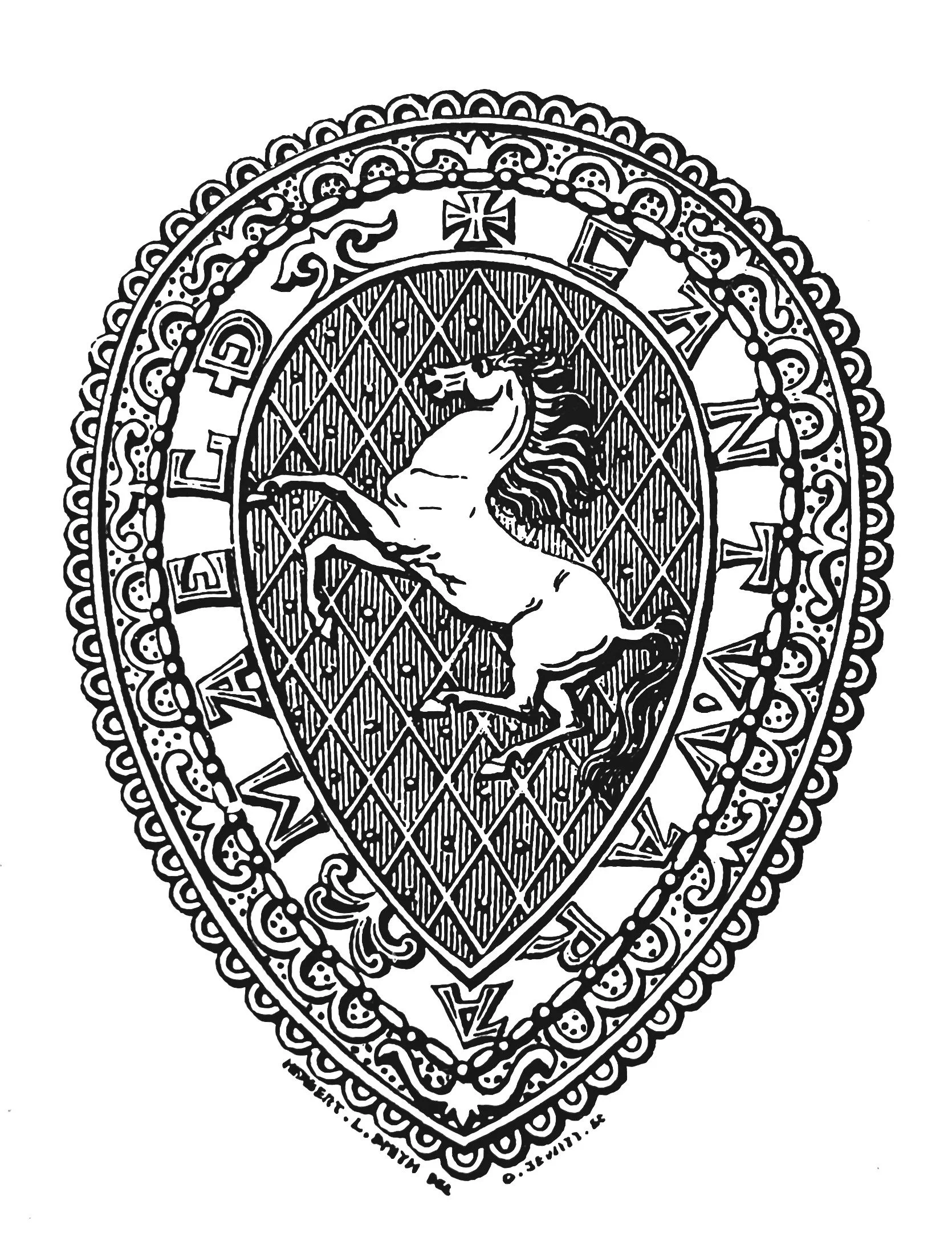
KAS Newsletter, Issue 28, Summer 1994
Explores the ice-house at Hawley Manor, 'terpen' mounds in Holland, book reviews, and society events.
Contributions to the next issue are welcome. See the guidance for contributors and contact Editor Craig Campbell.
Search page
Search within this page here, search the collection page or search the website.
Previous
Previous
Increase in K.A.S. Subscriptions
Next
Next


